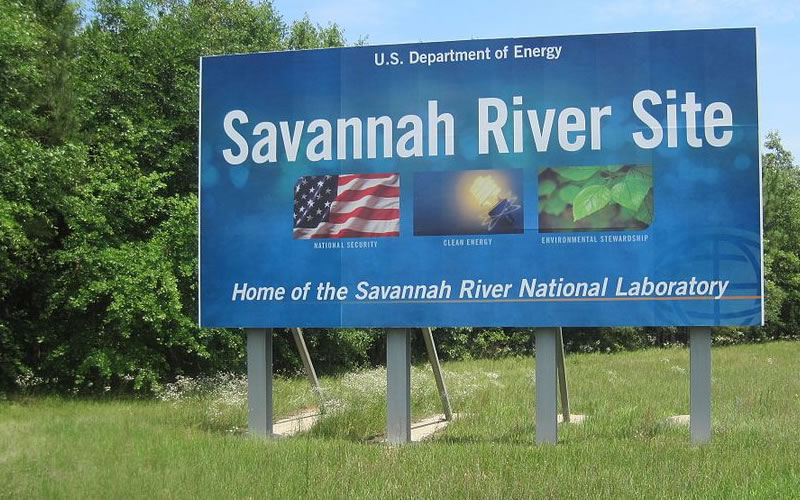
Editor’s note: Tim Echols, vice chairman of the Georgia Public Service Commission, wrote this commentary for our sister publication, GwinnettForum. With it dealing with a South Carolina facility, we thought it would be of policy interest here.
By Tim Echols, Georgia Public Service Commission
JEFFERSON, Ga. | I have spent the last eight years crisscrossing Georgia, meeting constituents, listening to concerns, discussing energy issues, speaking to civic clubs, advancing technology—things you would expect from an elected regulator. One common concern that people have is the destiny of used nuclear material—whether from our nuclear power plants or our nation’s surplus weapons cache.

Plutonium is the active ingredient, obviously. Most of the country would be surprised to learn that a large plutonium disposal facility is under construction just over the Georgia-South Carolina state line at the Department of Energy’s Savannah River Site (SRS). Because the United States has dragged its feet in completing the plant, don’t be surprised if Mr. Putin questions President Trump about it.
The little-known facility began because the U.S. and Russia signed an agreement back in 2000 for our two countries to mutually destroy 68 metric tons of surplus weapons-grade plutonium, the equivalent of 17,000 nuclear weapons. That’s not a typo. It’s 17,000!
The decision was subsequently reaffirmed by succeeding administrations to eliminate 34 metric tons of U.S. surplus plutonium in rough parallel with Russians, which agreed to eliminate a similar quantity of Russian surplus plutonium. And believe it or not, the Russians further agreed, for the first time, to allow for verification of the disposition process by the International Atomic Energy Agency.
Like a gun buyback program in dangerous neighborhoods that results in weapons being melted down or rendered unusable, the agreement with Russia required the plutonium to be destroyed or materially altered so that it could never again be reused for weapons purposes. The chosen method of disposal was by burning up the plutonium as mixed oxide (MOX) fuel in commercial nuclear reactors.
As time has passed, the Russians constructed the necessary facilities and infrastructure to begin disposing of their surplus plutonium, while the U.S. facility at SRS is only about 70 percent complete. Citing increased costs, the Department of Energy wants to abandon construction of the MOX facility and pursue a completely new and risky disposition method which doesn’t convert the plutonium to a form that can never again be used for weapons purposes. As a result, the Russians have refused to proceed, and large quantities of surplus weapons-grade plutonium remain in storage in each country.
Yes, I believe that Mr. Putin will ask the president about the project. He’ll make it clear that if the U.S. changes its mind on disposing of the plutonium in accordance with the bilateral agreement that the two countries signed, Russia will do the same. And can you blame him?
We have so much surplus weapons-grade material that the MOX facility will be operating for at least 20 years. The facility is nearly three-quarters complete and provides thousands of jobs for the region. Reactors around the U.S. could utilize the material. But most importantly, it represents a tool to eliminate the equivalent of 8,500 Russian nuclear weapons. And that makes all the difference.
Tim Echols is vice chair of the Georgia Public Service Commission.
- Have a comment? Send it to: feedback@statehousereport.com.


